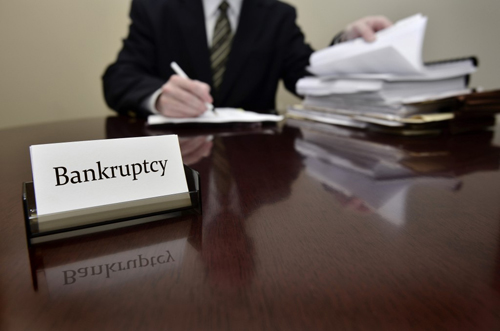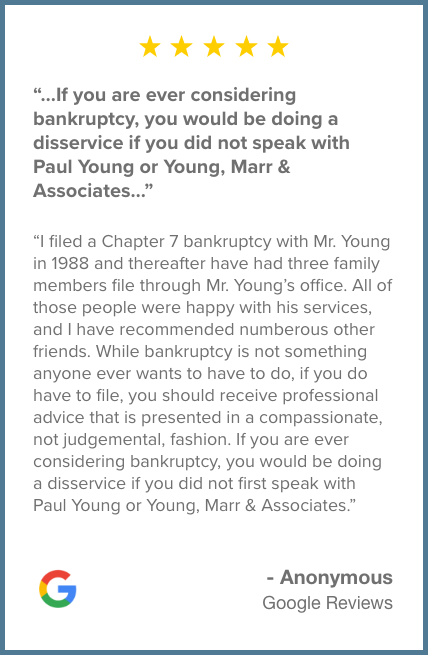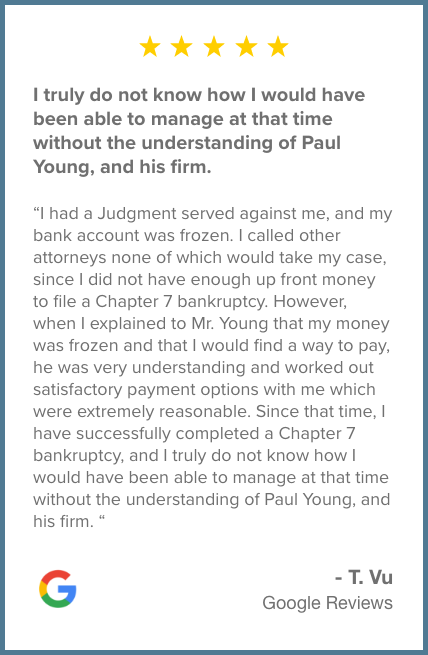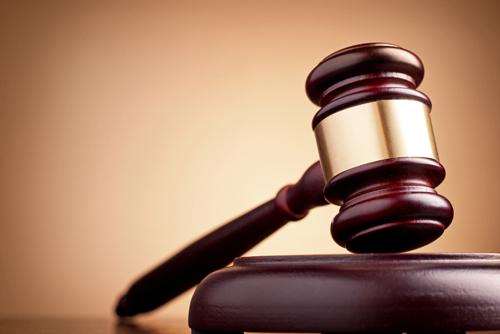Types of Debt That Bankruptcy Cannot Eliminate
When an individual finds themselves otherwise trapped in dire financial straits, bankruptcy is an incredibly powerful tool. Filing for bankruptcy can empower petitioners with the ability to keep a home that would have been foreclosed on, keep a car that would have been repossessed, delay utility service shut-offs, stop creditors from calling, and, of course, reduce or even completely eliminate a wide variety of debts. However, for all the myriad perks and passes that bankruptcy can grant, it’s important to be aware that there are still some debts that bankruptcy can’t eliminate.
Dischargeable vs. Non-Dischargeable Debt
In consumer bankruptcy, whether it’s Chapter 7 or Chapter 13, all of an individual’s debts are divided into two basic categories: dischargeable debts, and non-dischargeable debts. In the context of bankruptcy, the word “dischargeable” is essentially legal jargon for “able to be eliminated.” Therefore, non-dischargeable debts are those which cannot be eliminated. (In fact, at the successful completion of a bankruptcy, the bankruptcy is said to be “discharged.”)
With this in mind, it’s easy to see why it’s very important for petitioners who wish to complete their bankruptcy successfully to be aware of which debts are dischargeable — and which are not.
Types of Dischargeable and Non-Dischargeable Debt
Whether or not a given debt has “dischargeable” status depends heavily on whether the bankruptcy to be filed falls under Chapter 7, or Chapter 13. Because Chapter 7 bankruptcies are need-based and granted for individuals with fewer financial resources, in general they eliminate more debts than a Chapter 13 bankruptcy does.
In a Chapter 7 bankruptcy, dischargeable debts typically include:
- Utility and medical bills
- Personal loans
- Debts incurred from credit cards
- Debts incurred from a business
(It should be noted that, in cases where fraud or other illegal activity is an element, the debts may lose their dischargeable status.)
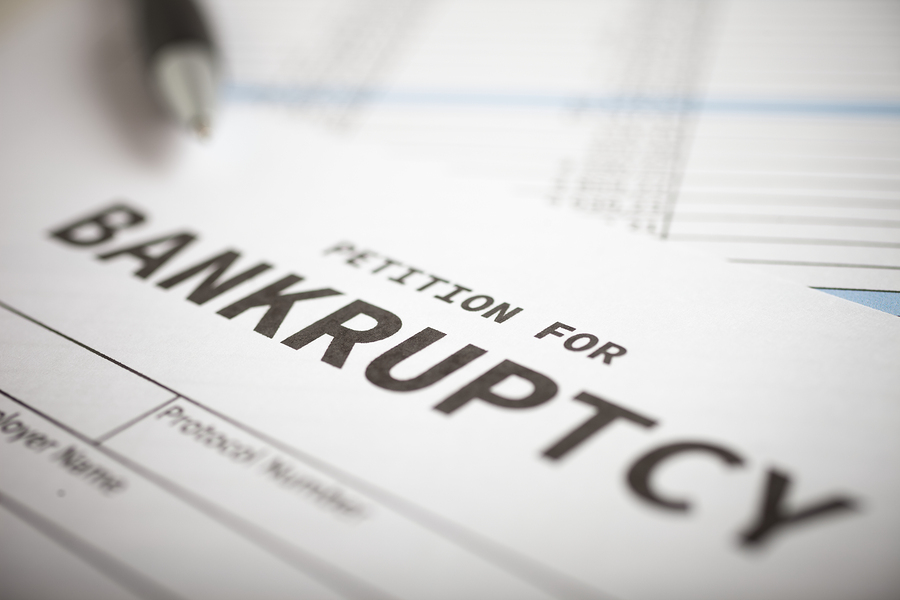
Dischargeable debts under Chapter 13 are slightly more limited, as Chapter 13 bankruptcies are assigned to people with more financial resources than their Chapter 7 counterparts, and take place over a much longer period of time. Dischargeable debts under Chapter 13 include:
- Debts incurred from credit cards
- Medical bills
- Personal loans
While Chapter 13 bankruptcies offer fewer scenarios in which debts are considered dischargeable, non-dischargeable debts are fairly consistent across the bankruptcy spectrum. For example, whether the bankruptcy is Chapter 7 or Chapter 13, the following types of debts are nearly always non-dischargeable:
- Student loans
- Alimony (or “spousal support”) payments
- Child support payments
- Most types of debt incurred through taxes
- Any debts resulting from criminal activity (e.g. a fine from a DWI, or a debt resulting from fraudulent activity)
11 USC § 523 goes into comprehensive detail about exceptions to dischargeable debts (i.e. non-dischargeable debts).
In rare cases, certain types of debts which are normally non-dischargeable may be eligible for dischargeable status. For example, the Office of Student Federal Aid provides a chart for determining when student debt might become dischargeable. Certain circumstances, like a disability or a school closure, may effect the nature of a debt.
Our Pennsylvania Bankruptcy Lawyers Can Help You
If you or a loved one is struggling with debt and is interested in filing for bankruptcy, contact a bankruptcy attorney at the law offices of Young, Marr, Mallis & Associates online, or call us today at (609) 755-3115 in New Jersey or (215) 701-6519 in Pennsylvania.


